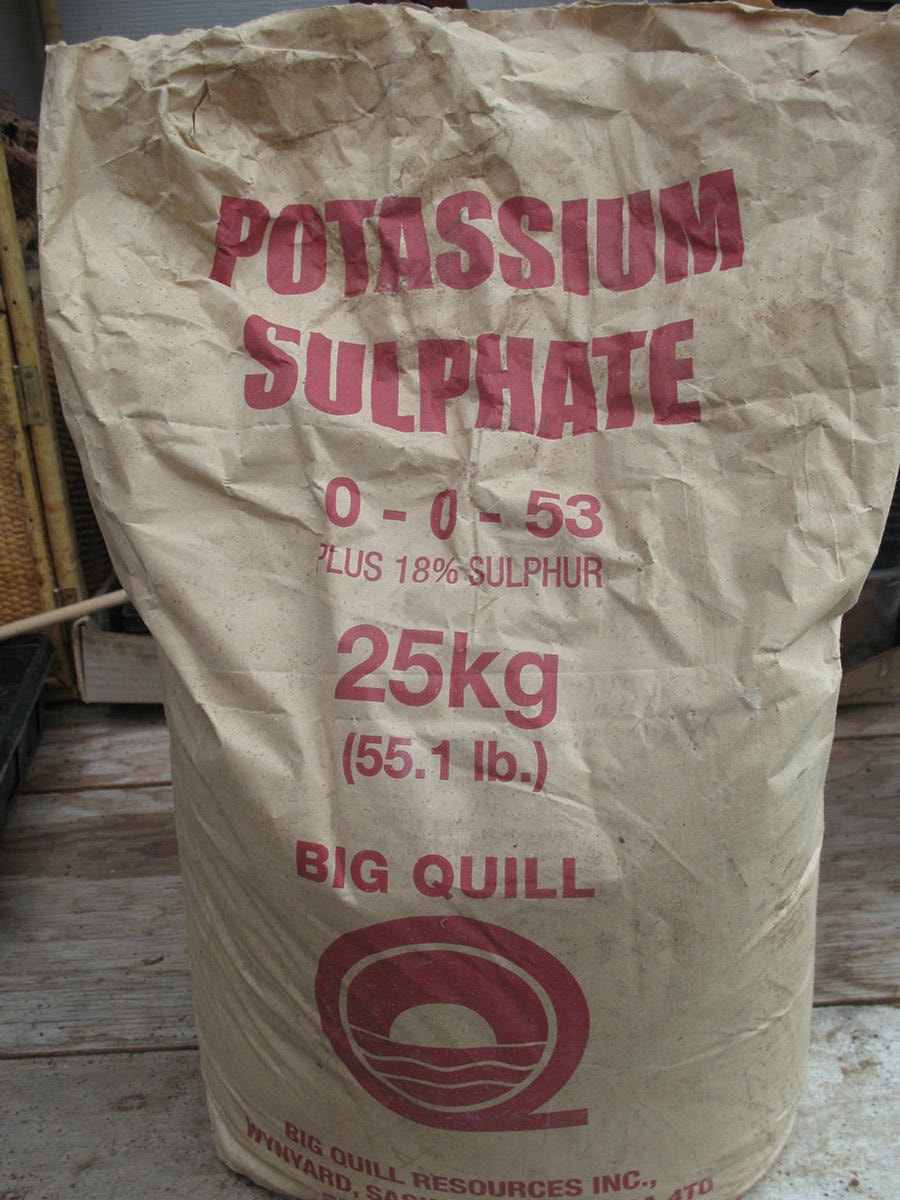By Mary Lowther
We may think we’re eating healthily by including lots of fruits and vegetables in our diets, but unless we’re adding minerals to our soils, we are as depleted as our crops. These minerals help determine the nutritional value of our crops and livestock and we know who’s at the top of the food chain.
Twenty years ago the U.S. Department of Agriculture reported that minerals and other nutrients in all soils across the U.S. had decreased by an average of 50 per cent from pioneer days.
Canada can’t be far behind.
Nutrition books abound telling us that the reason many of us aren’t as healthy as our forebears is because of our stodgy diets and that we should eat more vegetables and fruits, but maybe if they tasted better, we’d eat more of them! Minerals add flavour and nutrition so not only do fully-mineralized crops taste better, but our bodies feel more satisfied and less likely to crave more food. Minerals don’t come cheap and plants still grow well enough on depleted soils for indebted farmers to make a profit. So far. Backyard gardeners, on the other hand, need not depend on profit margins and can better afford these minerals.
Soft rock phosphate just might be the most important mineral in the garden. Here’s what soil expert Carey Reams writes about phosphate: “The factor which determines the mineral content in any produce is the phosphate in the soil. In order to get the maximum amount of nutrient in a crop and the maximum yield, a minimum of 400 pounds per acre of phosphate is needed and the best way to achieve this level is by adding soft rock phosphate.”
Therefore a garden of one thousand square feet requires a minimum of 50 pounds of soft rock phosphate (SRP). Adding this directly to the soil will certainly help, but much of it will not remain in place because it has not become incorporated into humus and therefore is not available to plants. On the other hand, when it’s sprinkled into the compost heap, red worms that abound there digest the mineral along with the compost and turn it into stable humus that plants can access and that will last for years if we can keep it from being washed out over winter. This addition of composted SRP will increase the availability of minerals in the soil so you should see a boost in plant size, health and taste.
I’ve been adding SRP as well as clay to my compost heap for the last two years and I’ve never seen so many red worms in the pile! Unfortunately they die when spread in the garden, but by then they’ve done the work. I also add SRP to the fertilizer I use for transplants and to side dress crops to give them a nutrient boost.
After going to all this trouble and expense, I don’t want to see it wash down the drain over the winter, so I grow cover crops and overwintering plants that will retain minerals and nutrients, and I cover some beds with sheets of plastic. Next spring I’ll get the soil analyzed to see if there’s any improvement.
By the way, if anyone wants to get together with me on a regular basis to talk about gardening, please email me at mary_lowther@yahoo.ca
